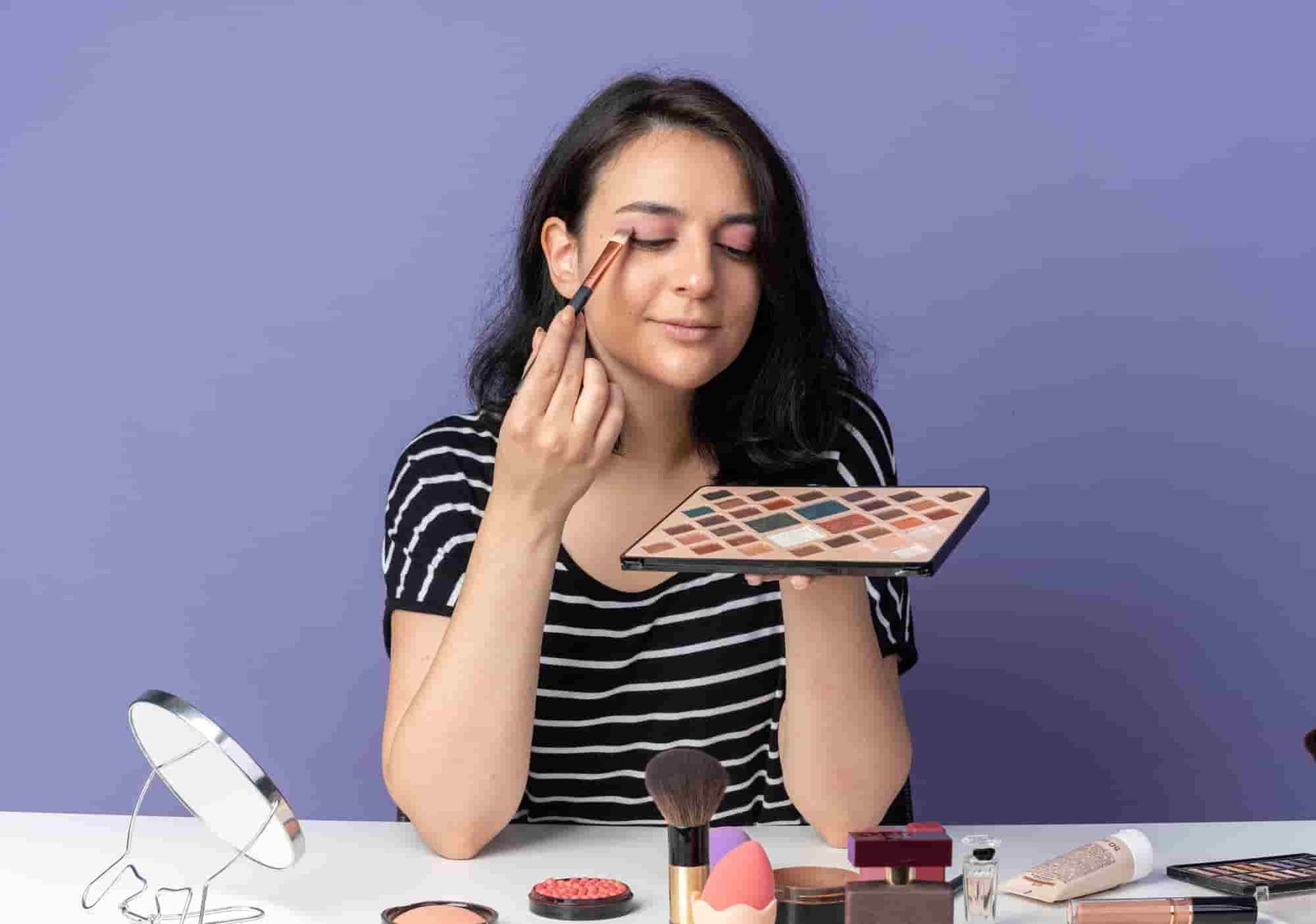How to create a personalized skincare routine for your skin type is a question that many people ask themselves. Skincare is not a one-size-fits-all affair, as different skin types have different needs and concerns. In this article, we will guide you through the steps of building a skincare routine that suits your skin type and goals.
Step 1: Determine Your Skin Type
The first step in creating a personalized skincare routine is to determine your skin type. There are five main skin types: oily, dry, combination, sensitive and acne-prone. You can find out your skin type by observing how your skin behaves throughout the day, or by doing a simple test with a blotting paper. Here are some characteristics of each skin type:
- Oily skin: Your skin produces excess oil, especially in the T-zone (forehead, nose and chin). Your pores are enlarged and visible, and you are prone to breakouts and blackheads.
- Dry skin: Your skin lacks moisture and feels tight and flaky. Your pores are small and barely noticeable, and you may experience redness, irritation and sensitivity.
- Combination skin: Your skin is oily in some areas and dry in others. You may have an oily T-zone and dry cheeks, or vice versa. Your pores vary in size depending on the area, and you may have some breakouts and blackheads.
- Sensitive skin: Your skin reacts easily to external factors, such as products, weather, pollution or stress. Your skin may feel itchy, burning, stinging or inflamed. You may also have rosacea, eczema or other skin conditions.
- Acne-prone skin: Your skin produces excess oil and sebum, which clog your pores and cause inflammation and infection. You have frequent breakouts of pimples, whiteheads, blackheads or cysts.
Step 2: Cleanse
The first step in any skincare routine is to cleanse your skin. Cleansing removes dirt, oil, makeup and impurities from your skin surface, and prepares it for the next steps. You should cleanse your skin twice a day: in the morning and at night.
The type of cleanser you use depends on your skin type and preference. Here are some general guidelines:
- Oily skin: Use a gel or foam cleanser that can dissolve oil and unclog pores. Look for ingredients like salicylic acid, glycolic acid or benzoyl peroxide that can help fight acne.
- Dry skin: Use a cream or lotion cleanser that can hydrate and nourish your skin. Look for ingredients like hyaluronic acid, glycerin or ceramides that can help restore moisture.
- Combination skin: Use a gentle cleanser that can balance your skin without stripping it of its natural oils. Look for ingredients like niacinamide, green tea or chamomile that can help soothe and calm your skin.
- Sensitive skin: Use a mild cleanser that can cleanse your skin without irritating it. Look for ingredients like aloe vera, oatmeal or cucumber that can help reduce inflammation and redness.
- Acne-prone skin: Use a medicated cleanser that can treat your acne and prevent new ones from forming. Look for ingredients like salicylic acid, benzoyl peroxide or tea tree oil that can help kill bacteria and reduce swelling.
Step 3: Tone
After cleansing, it’s time to tone your skin. Toning restores the pH balance of your skin, which can be disrupted by cleansing. Toning also removes any residue left by your cleanser, and prepares your skin for better absorption of the next products.
The type of toner you use depends on your skin type and concern. Here are some general guidelines:
- Oily skin: Use an astringent toner that can tighten your pores and control oil production. Look for ingredients like witch hazel, alcohol or menthol that can help mattify your skin.
- Dry skin: Use a hydrating toner that can replenish moisture and plump up your skin. Look for ingredients like rose water, glycerin or hyaluronic acid that can help boost hydration.
- Combination skin: Use a balancing toner that can regulate your oil production and moisturize your dry areas. Look for ingredients like lavender, chamomile or rosemary that can help harmonize your skin.
- Sensitive








